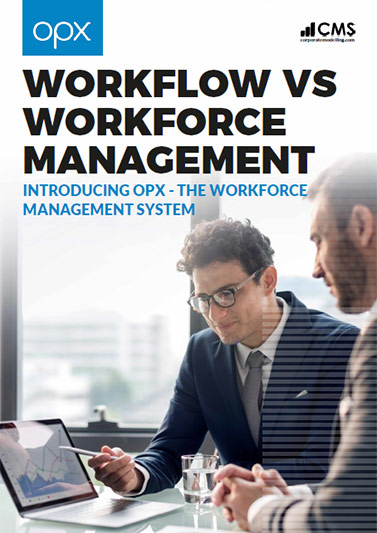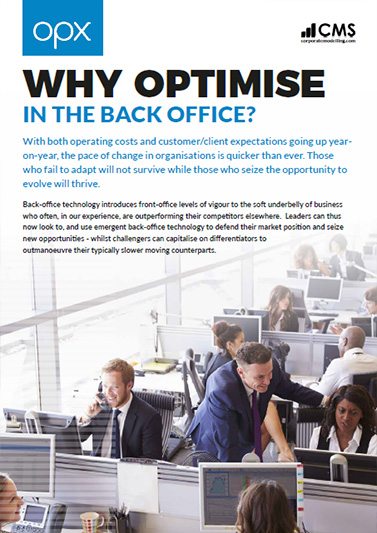Covid-19 has clearly changed the way most office employees work. In 2020, around 50% of all UK employees were told to stop coming into the office. The need to enable home working occurred suddenly and unexpectedly; the majority of businesses did not have time to adapt. This resulted in managements struggling to measure and monitor employee productivity, training needs, and wellbeing during these harsh times. This situation has had the most significant impact on companies with a large number of front and back-office employees.
The natural response of the businesses was to seek out IT solutions that could make remote management more accessible. However, this was yet another new environment the company’s decision-makers had to adapt to. Without face-to-face meetings while facing high uncertainty of current and future times, making costly business commitments could not have been easy.
Measuring remote employees’ productivity
Now, 20 months since the start of the pandemic, remote working has become the new normal for many. It’s easier for businesses to make long-term plans on how the working environment will look in the future and can more easily identify their business needs in that regard.
Currently, around 21% of employees in the UK still work entirely remotely. Another 14% works in a hybrid environment and come to the office at least once per week.
That’s 35% of employees who work at least some of the time from home; only 8% of them think that they are unlikely to be able to continue working from home in the future. (Statista, 2021)
As a result, 27% of UK employees have their working conditions adapted permanently. For businesses, this signifies the need to develop/improve practices on managing remote and hybrid staff. According to the McKinsey report, a work-from-home set-up is less likely to affect employees’ productivity levels in some sectors.
Finance and insurance sector employees have the highest potential (86%) for performing their work without any productivity loss. The management, scientific and technical services are next and score 78% and 75%, respectively.
How to meet these levels?
Monitoring remote employee productivity is crucial to mitigating productivity loss. This is not only to verify if remote employee productivity is lower than when previously working in the office but, importantly, to identify the need for training and check on employee wellbeing if their targets are not met.
To read more about IT solution that could help you monitor the productivity of your remote/hybrid workforce, click here.







 Thank you for your interest in our whitepaper. You can download Workforce Optimisation vs Workforce Management by clicking the button below.
Thank you for your interest in our whitepaper. You can download Workforce Optimisation vs Workforce Management by clicking the button below. Thank you for your interest in our case study. You can download the HCL IBS Case Study by clicking the button below.
Thank you for your interest in our case study. You can download the HCL IBS Case Study by clicking the button below. Thank you for your interest in our case study. You can download the ReAssure Case Study by clicking the button below.
Thank you for your interest in our case study. You can download the ReAssure Case Study by clicking the button below. Thank you for your interest in our case study. You can download the Student Loans Case Study by clicking the button below.
Thank you for your interest in our case study. You can download the Student Loans Case Study by clicking the button below. Thank you for your interest in our case study. You can download the Principality Building Society Case Study by clicking the button below.
Thank you for your interest in our case study. You can download the Principality Building Society Case Study by clicking the button below. Thank you for your interest in our whitepaper. You can download WorkFlow vs WorkForce Management by clicking the button below.
Thank you for your interest in our whitepaper. You can download WorkFlow vs WorkForce Management by clicking the button below. Thank you for your interest in our whitepaper. You can download Homeworking in Financial Services Operations by clicking the button below.
Thank you for your interest in our whitepaper. You can download Homeworking in Financial Services Operations by clicking the button below. Thank you for your interest in our whitepaper. You can download Workforce Optimisation for the Back Office by clicking the button below.
Thank you for your interest in our whitepaper. You can download Workforce Optimisation for the Back Office by clicking the button below. Thank you for your interest in our whitepaper. You can download Operational Workforce Management: Build or Buy? by clicking the button below.
Thank you for your interest in our whitepaper. You can download Operational Workforce Management: Build or Buy? by clicking the button below. Thank you for your interest in our whitepaper. You can download Homeworking & Back Office Workforce Optimisation by clicking the button below.
Thank you for your interest in our whitepaper. You can download Homeworking & Back Office Workforce Optimisation by clicking the button below. Thank you for your interest in our whitepaper. You can download Why Optimise in the Back Office? by clicking the button below.
Thank you for your interest in our whitepaper. You can download Why Optimise in the Back Office? by clicking the button below.